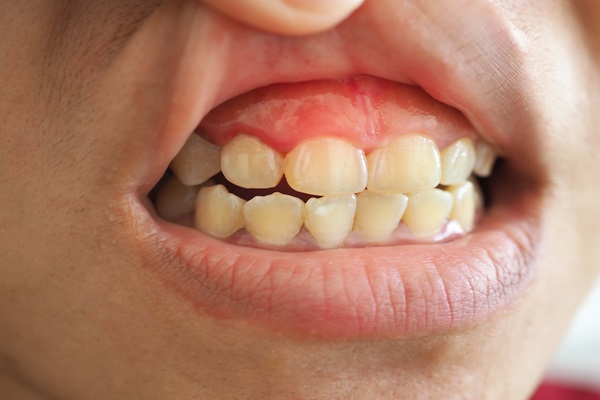How a Family Dentist Checks for Gum Disease at a Dental Check-Up

Gum disease can become quite serious if it goes ignored; however, with the help of a family dentist, it can be caught early on so that treatment can be quickly started. Family dentists are general dentists that specialize in working with families, which includes both the parents and children. Because family dentists specialize in general dentistry, they are trained to catch and treat gum disease. Ready to learn more?
How is gum disease checked for?
Below is an overview of how a family dentist checks for gum disease during a check-up appointment.
Examination
The main part of checking for gum disease is when the family dentist performs an examination. The examination includes a physical and visual part, both of which are important. The physical part is relatively quick and easy, and most of the time, painless. The family dentist will use their fingers to feel around the patient's mouth. Oftentimes, gum disease is exhibited through swelling and puffiness, which can usually be felt. The second half of the examination is the visual part, which is extremely important. The family dentist will carefully inspect every area of the patient's mouth, being sure to check for inflammation, redness or recession.
Probe
If the family dentist determines that there are some red flags during the initial examination, then they will move on to using a probe. A dental probe looks similar to a tiny ruler and it is used to measure the pocket depth of the gums. Healthy gums are between 1 to 3 mm in size, whereas unhealthy gums may have pocket sizes between 3 and 6 mm. If the gums are between 3 and 6 mm, then it is likely that gum disease is present. If gum disease is present, this part of the check-up can be uncomfortable. However, if the gums are in good shape, there should not be any pain.
X-rays
When a family dentist does detect gum disease or signs of an infection, they will also get an x-ray of the patient's mouth. X-rays can highlight bone loss, which may not be visible to the eye otherwise. The x-ray images can highlight if the bone beneath the gums has deteriorated, which will also indicate the stage of the gum disease. The family dentist can use the x-rays to determine the course of treatment, including whether or not a specialist is required. In some severe stages of gum disease, surgical procedures may be required to completely remove and treat the infection.
Get started today!
A family dentist is a great resource to utilize for routine check-up appointments, which often include a check for gum disease. If caught early enough, a family dentist can take the appropriate steps to treat the gum disease, thus improving oral health. Any questions or concerns regarding gum disease and how it is checked for should be addressed by a family dentist. Reach out today to learn more or to get started.
Request an appointment here: http://plainviewdental.com or call Plainview Dental at (516) 255-6716 for an appointment in our Plainview office.
Check out what others are saying about our dental services on Yelp: Gum Disease in Plainview, NY.
Related Posts
Gum disease or periodontitis begins when there is plaque accumulation on your teeth. Your oral health will start to deteriorate at the onset of periodontitis. This will affect your smile in a negative way. If you want to know how treating your gum disease can help improve your smile, here are the facts.Battling gum disease…
Preventative dentistry is a branch that focuses primarily on keeping dental issues at bay. Preventing dental issues is cheaper than treating them, and you do not have to deal with the pain and discomfort that comes with oral problems when you stop them from developing in the first place.Preventive dentistry starts with educating patients about…
Many times, a dental practice will recommend avoiding smoking because of the negative effect on the teeth. Smoking can lead to many dental issues. Having a healthy smile is critical, but smoking can reduce the patient’s ability to do so. Keep reading to learn more about tobacco and the teeth.Tobacco and smoking can stain the…
Tooth loss can hurt one’s smile as well as the ability to eat or speak. With implant-supported dentures, the entire look of the smile can be transformed, and individuals can enjoy more freedom with food choices. These dentures are long-lasting and have a positive impact on oral and emotional health.Dentures are a dental tool for…
